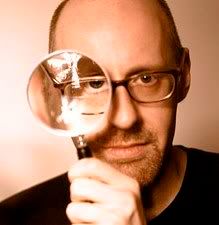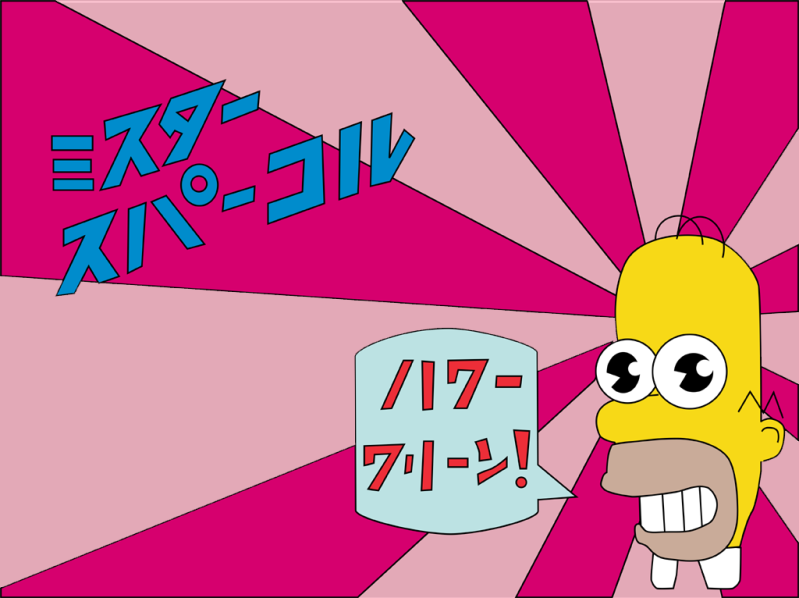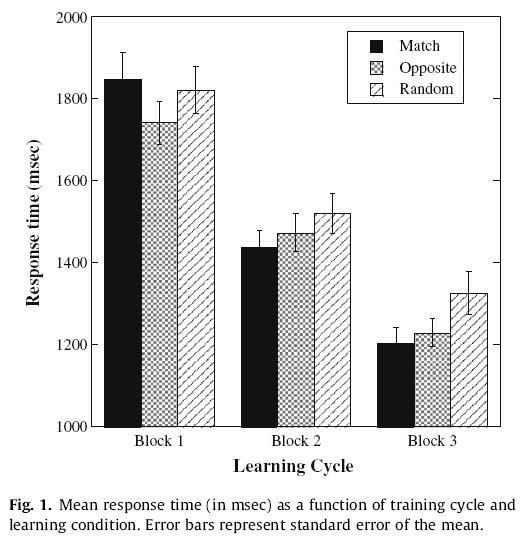
Today, I was interviewed by Phoenix's KTVK Channel 3 for a segment they're preparing on psychology/neuroscience and magic, specifically focusing on the work that Steve Macknik and Susana Martinez-Conde are doing at the Barrow Neurological Institute. I've done magic on TV a few times before, and each time I'm struck by how limiting the camera is. After capturing some of the first film footage of a performing magician, psychologist Alfred Binet noted that the magic was not nearly as effective on film. Why might this be?
Magic is an inherently social enterprise, with each trick being a shared experience of something wondrous between the magician and the spectators. The most effective elements of misdirection build upon social norms. For example, if you want to divert attention away from your hands at an integral moment, there's no better way than asking someone a question or simply saying their name. Social norms dictate that we are to look a person in the eyes while answering a question. Not only is this person's attention diverted, but the rest of the audience typically shifts their attention to the person answering the question. The camera does not allow for this kind of social interaction between magician and viewer.
The other weapon in the magician's misdirection arsenal is joint attention. The magician's focus of attention suggests to the audience where their attention should be placed. You've probably had the experience of being compelled to follow the gaze of another person. In many instances it's exceedingly difficult to resist. Tomasello, Hare, Lehmann, and Call (2007) argued that we evolved the whites of our eyes for the purpose of facilitating joint attention. In fact, our closest relatives in the animal world, the African great apes, do not have enlarged sclera, and consequently aren't as sensitive to others' shifts in attention as even young human infants are. In most cases, television drastically weakens the effect of joint attention, nullifying its ability to misdirect.
In their 2005 Perception paper, Kuhn and Land presented the results of an experiment employing the following magic trick, performed live.
When performed live, only 20% of participants noticed the magician drop the cigarette in his lap on the first viewing. Kuhn, Tatler, Findlay, and Cole (2008) repeated the experiment, this time with participants watching a video of the magic trick. In this instance, the percentage of participants who noticed the drop increased to nearly 57%. In theory, the only difference between the experiments was the ability for the magician to interact and make eye contact with the spectator.
Unfortunately, much of my magic employs misdirection of this kind. I have a difficult time thinking of any piece from my repertoire that doesn't contain an element of social misdirection. Despite these limitations, I was able to pull together a few magical effects from my act that highlight some of the psychological tendencies that magicians prey upon. Once I know when the segment is going to air, I'll post more information here.
References:
Kuhn, G. & Tatler, B. W. (2005). Magic and fixation: Now you don't see it, now you do. Perception, 34, 1155-1161.
Kuhn, G., Tatler, B. W., Findlay, J. M., & Cole, G. G. (2008). Misdirection in magic: Implications for the relationship between eye gaze and attention. Visual Cognition, 16, 391-405.
Tomasello, M., Hare, B., Lehmann, H., & Call, J. (2007). Reliance on head versus eyes in the gaze following of great apes and human infants: The cooperative eye hypothesis. Journal of Human Evolution, 52, 314-320.











